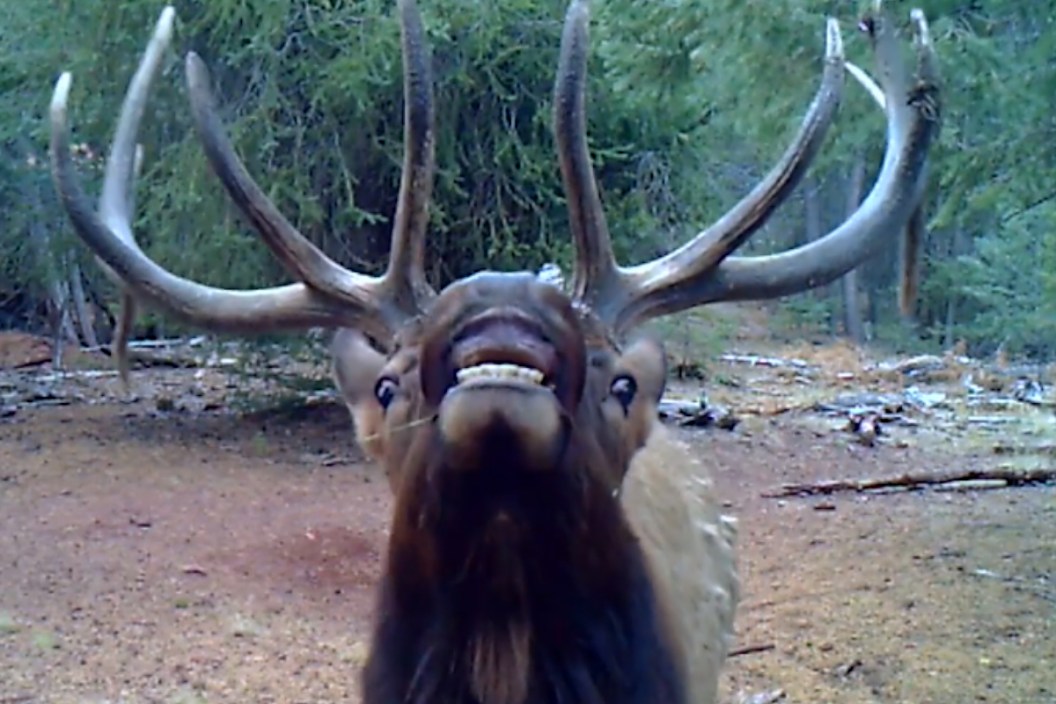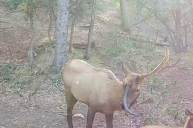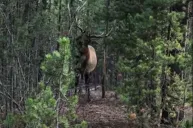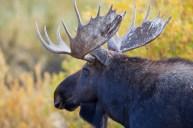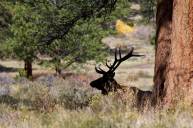Have you ever heard a bull elk snarl or neigh?
The elk bugle is a classic sound that echoes through the wild areas of North America every fall during the elk rut. Big game and tourists alike can easily recognize the sound that is an obvious indicator that the rut is on and the bulls are looking for cow elk. Even hunters typically only into deer hunting are familiar with this famous sound.
However, elk make a plethora of other sounds during this time of year too. Some of these sounds are not heard nearly as often as bugling. In fact, at least one vocalization sounds totally alien and as un-elk-like as a noise can get.
We are talking about the elk snarl. The Rocky Mountain Elk foundation recently re-shared this trail camera video of a big bull elk with massive antlers "snarling" or "neighing" into the camera. Check it out. Knowing this sound can help make you better at elk hunting.
This guttural bellow sounds more like the dinosaurs in the "Jurassic Park" movies than a large North American elk looking for love. This sound may not be heard as often simply because it doesn't loudly echo through the mountains of places like Wyoming and Montana the way a classic bugle does.
In a post on their website, the RMEF explains that this sound isn't really meant to be heard. It's a byproduct of something else the elk is doing. More specifically, he's using his vomeronasal organ in the upper lip to check to see if a cow elk is in heat. All elk subspecies make this sound including the Wapiti elk and Rocky Mountain bull elk.
They also note that while whitetail deer and mule deer does make it obvious to their suitors when the time is right, cow elk do not. This is the only way for the bull to detect a cow in estrus.
So, if you hear this creepy sound at your favorite State Park or National Park, no need to worry. It's not some monster lurking in the dark. It's just a lonely bull elk checking on the ladies.
For more outdoor content from Travis Smola, be sure to follow him on Twitter and check out his Geocaching and Outdoors with Travis YouTube channels.
NEXT: THE AXIS DEER AND HOW THEY'RE IMPACTING PARTS OF THE UNITED STATES
WATCH
